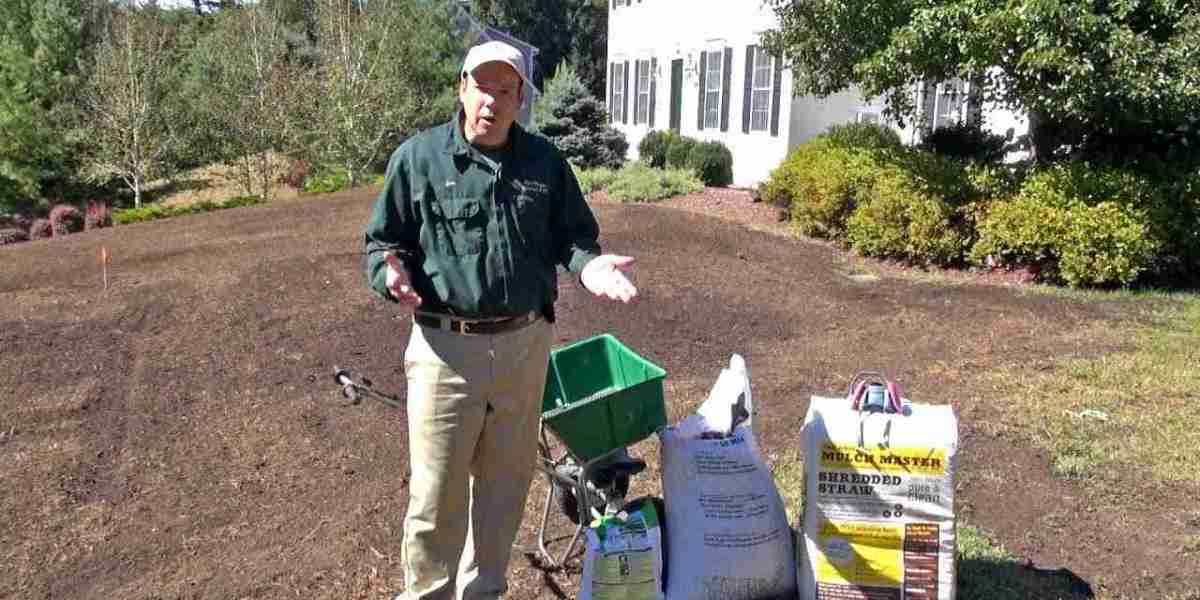Whether your yard is suffering from severe damage from drought, insect pests or disease or simply due to overuse or old age it may be time to renovate your lawn. Lawn renovation is a series of steps including weed control, soil preparation, overseeding, top dressing, mowing, and watering that will improve the health and appearance of your lawn. It is often done to introduce new grass species into an existing turf lawn, or to convert from one species of turf grass to another (overseeding).
Lawn renovation is usually best performed in late summer to early fall for cool season grasses. Renovating in the spring can be difficult because of an increased weed problem and competition from annual ryegrass, crabgrass or other invasive annual species.
First, the damaged vegetation must be removed. This can be done by hand with a garden spade or dethatching rake, but using a lawn mower set to a very low setting with a bag attachment is the most efficient way to do it. A rotary lawn scarifier is also available which cuts a deeper, wider slit into the existing turf, but is not necessary for the overall renovation process.
After the eradication of all weeds and existing turf is complete, the soil should be prepared. Soil tests are recommended for all homeowners, but are especially important in a lawn that is being renovated. These tests can tell you what the soil is like, such as its pH, salt content, and nutrient levels. This information is valuable to make informed decisions on what steps to take next.
Core aeration is the next step in lawn renovation and can be done by renting an aerator from a local equipment rental business or hired by a professional landscaper. The process removes small cores of soil from the lawn which improves drainage, reduces compaction and gives the new seed a direct path to nutrients and moisture.
Top dressing is the final step in lawn renovation and can be accomplished by using a ready-made topdressing mix or making your own consisting of equal parts of sand, loam, and compost. This layer of material is applied over the existing turf and helps improve soil structure, level out bumps and hollows, and protects the new seeds from birds.
After the topdressing, a light autumn fertilizer application may be applied to help new grasses get off to a good start. It is important not to overfertilize as this can actually be harmful to young, newly seeded grass. Watering thoroughly is also a must, but not so often that the newly seeded grass becomes swamped. Regular mowing will also be required as the new lawn grows in. The first mowing should be done when the lawn is 2 1/2 to 3 inches tall. If desired, a preemergence crabgrass herbicide can be used during this time as well, but this is not an essential step in the lawn renovation process. More detailed instructions can be found in Rutgers Cooperative Extension publication FS584, Seeding Your Lawn.








